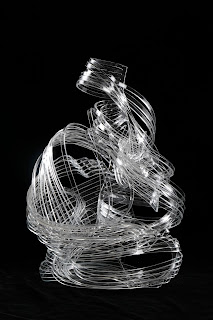I am an artist working at the intersection between art and science and I am also a graphic designer with over six years of professional experience performing graphic design, pre-press, artworker, and printer roles. I have experience working in-house with direct contact with customers, as well as working remotely. I use InDesign, Illustrator, Photoshop and Acrobat, and Fiery Imposition software professionally, to design and amend artworks on both PC and Mac. My knowledge as a printer is very valuable for graphic designer, pre-press and artworker roles, as I understand how jobs are processed and how they need to be set up to be printed and finished correctly. I advise companies on branding guidelines, and design and adapt for printing artworks produced in-house and by customers. The formats that I work with include brochures, catalogues, logos, business cards, a wide range of leaflets, posters of different sizes, roller and flag banners. ...





